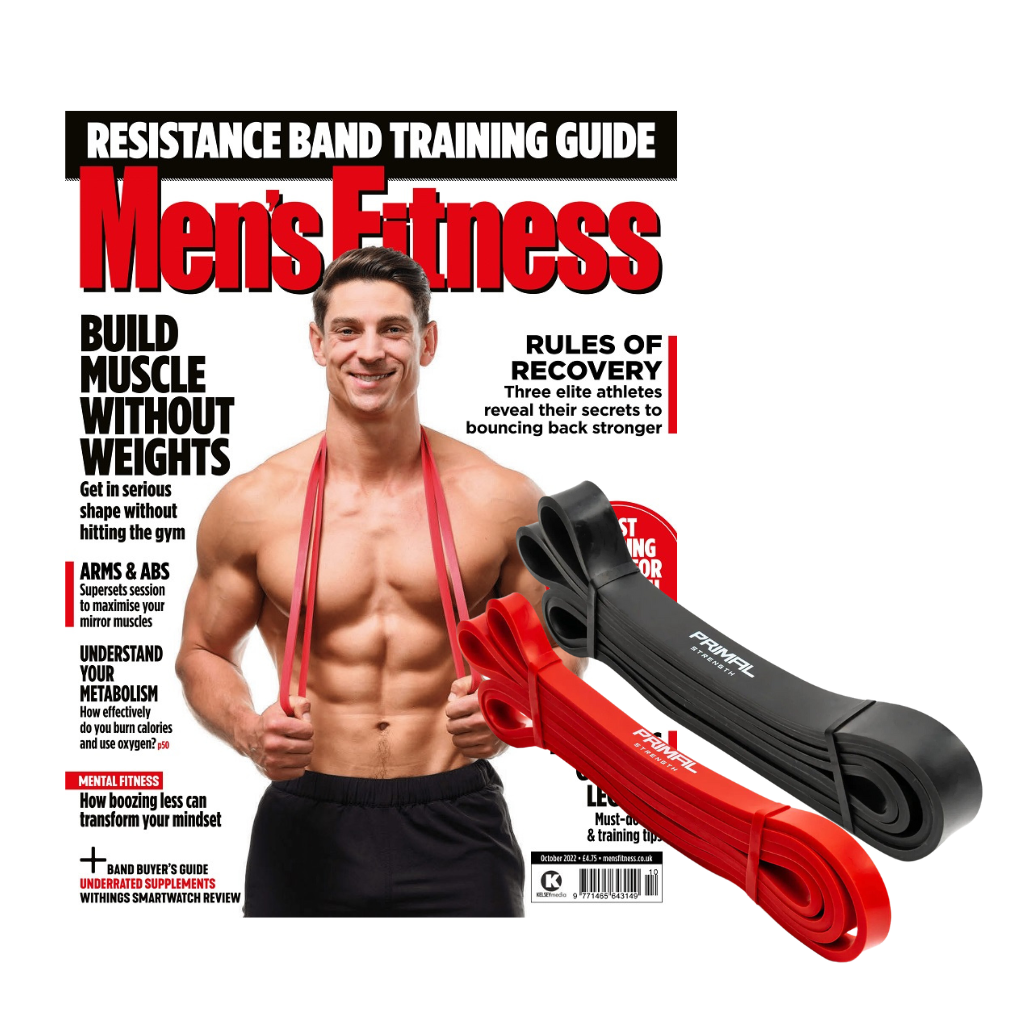Heavy lifting isn’t just for burly blokes and powerlifters – anyone looking to injury-proof their bodies and improve their general wellbeing can reap the rewards of going big.
Lifting heavy means you build strength a lot quicker than lifting with a higher rep scheme, and increased strength leads to increased sporting performance through a higher power output.
But the benefits don’t end there: if you’re looking to lose body fat, heavy lifting – due to the higher rate of post-exercise energy expenditure (the amount of calories you continue to burn at rest) – will help you craft a strong, lean physique. It also improves bone density and strengthens connective tissues, keeping you fit and healthy as you get older.
1. Lifting too heavy
While lifting heavy and pushing the limits of your body’s strength is the key to progress, it can be detrimental – and dangerous – if you lift what you simply aren’t capable of.
This will leave you open to an array of injuries from muscle strains to tendon ruptures. Use a weight you can lift with good form and through the full range of motion.
2. Not warming up
Countless research shows that injury rates are greatly reduced by an effective warm-up.
Remember, though, that the warm-up needs to be specific to the movement, so I would recommend a short three to five-minute heart-raiser, two to three dynamic stretches on the muscle groups you will be working, followed by two warm-up sets of the exercise at an intensity of about 50-70 per cent of the maximum weight you will be lifting.
3. Overtraining
When lifting heavy, you are damaging the muscles and the central nervous system in order to make them regrow and rebuild stronger and more efficient than before.
This rebuilding takes time, so repeatedly working the same movements and muscles can severely hinder progress. If you are new to lifting heavy, have at least 48 hours between each session.
4. Not feeling the muscles you want to work
A major component of getting the most from your exercise is having the mind-muscle connection to use the muscle groups you want to use. It’s far too easy in the bent-over row, for example, to use your arms and momentum to swing the weight up, instead of contracting your back muscles and pausing at the top.
If you haven’t got that mind-muscle connection, reduce the weight and try again.
Read more about technique
5. Getting your rest times wrong
The heavier the weight, the more you will recruit the central nervous system into helping lift the weight. The central nervous system will need longer to recover between sets than your muscles will.
I would recommend 90 seconds for the 6-8 rep range, two minutes for 3-6 and then three minutes or above for 1-3 reps.







